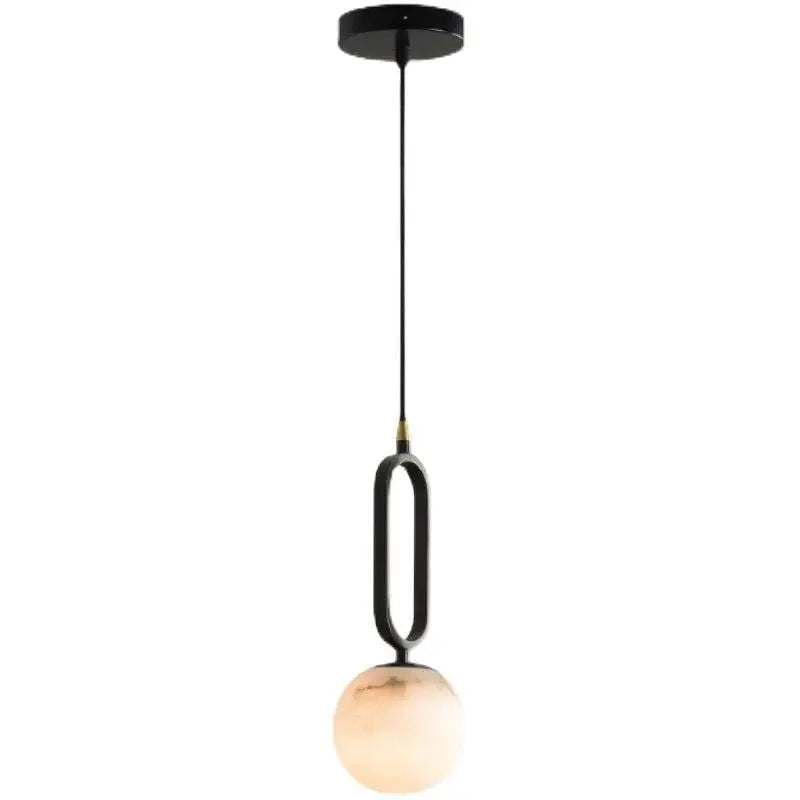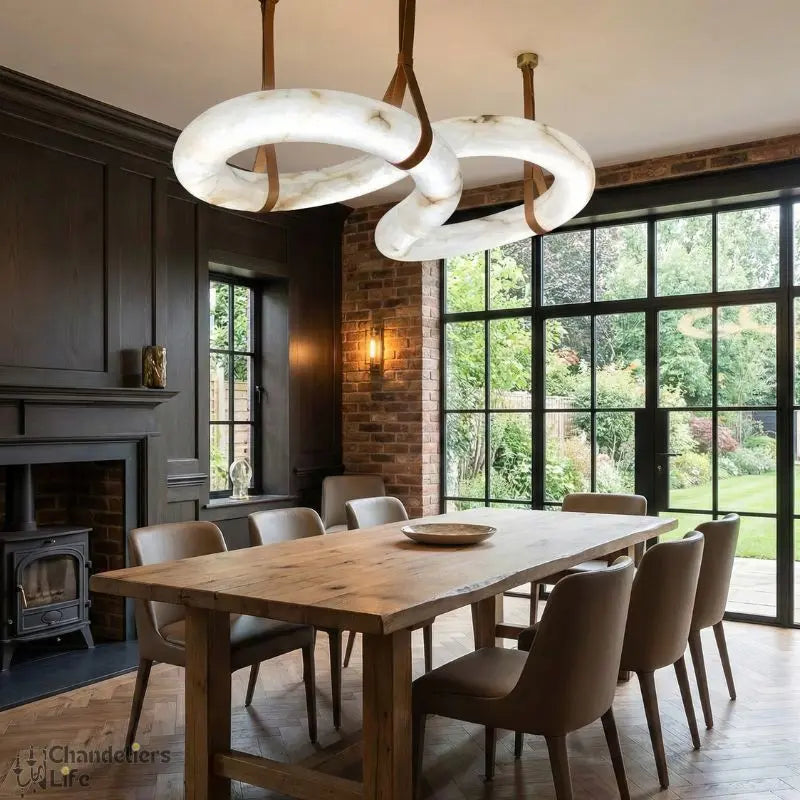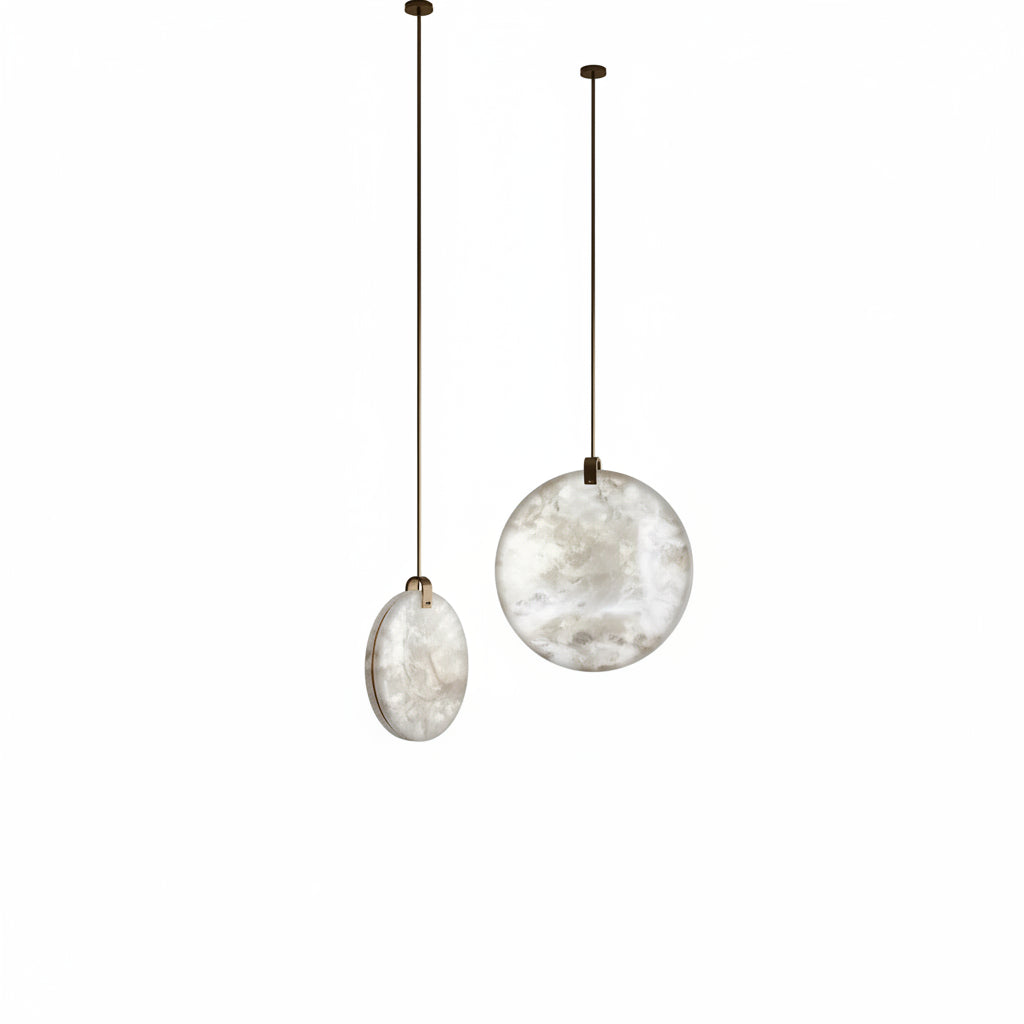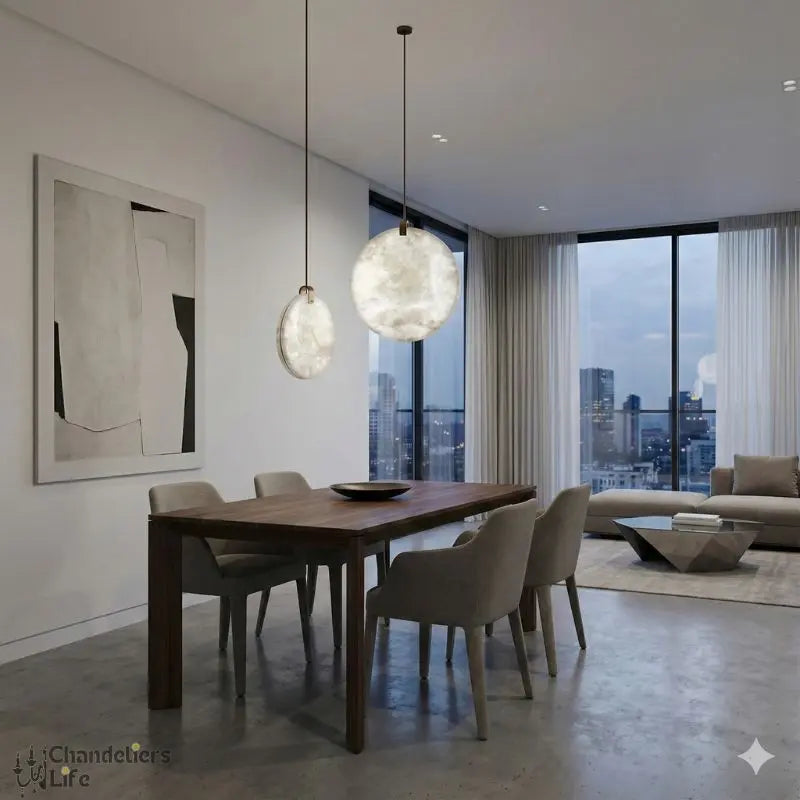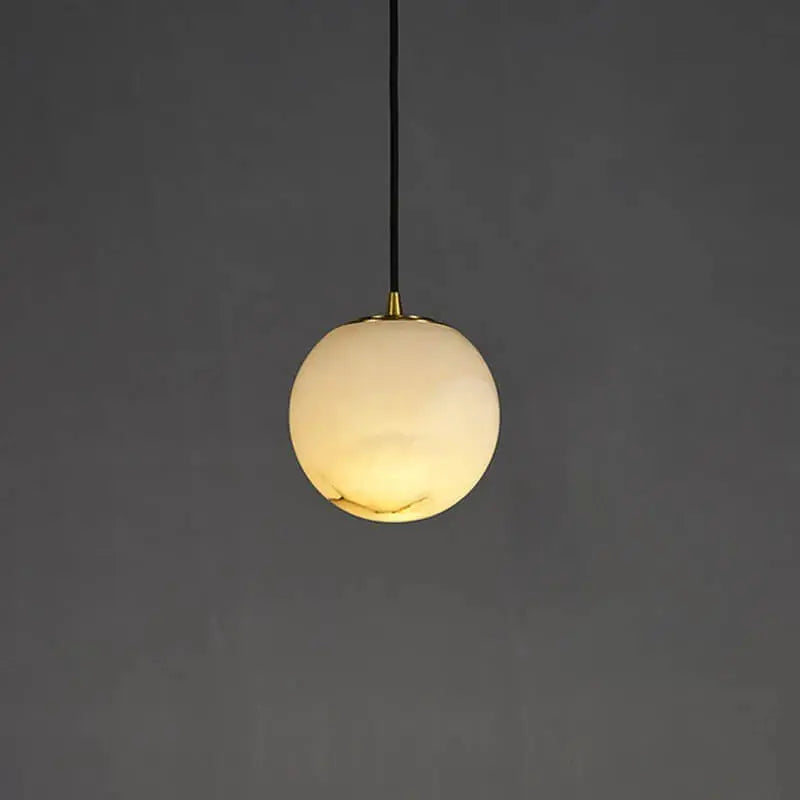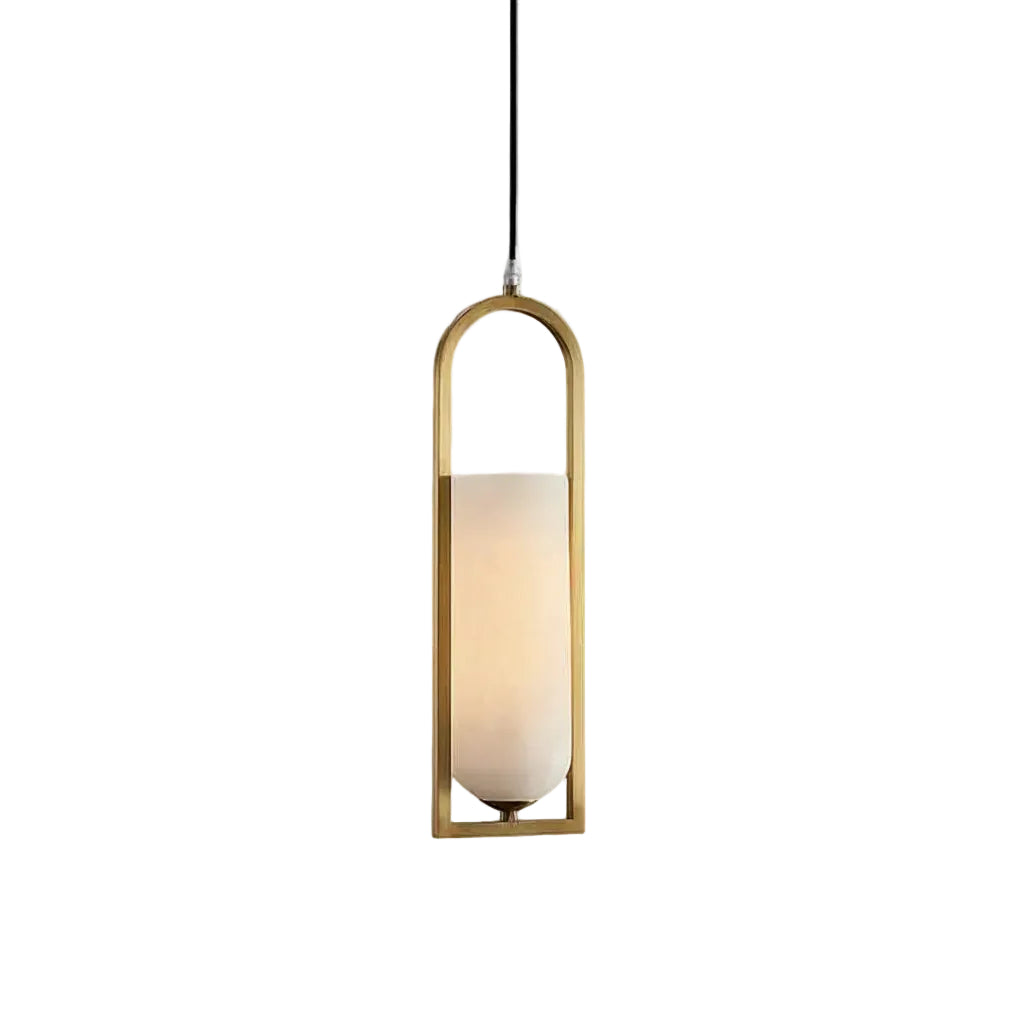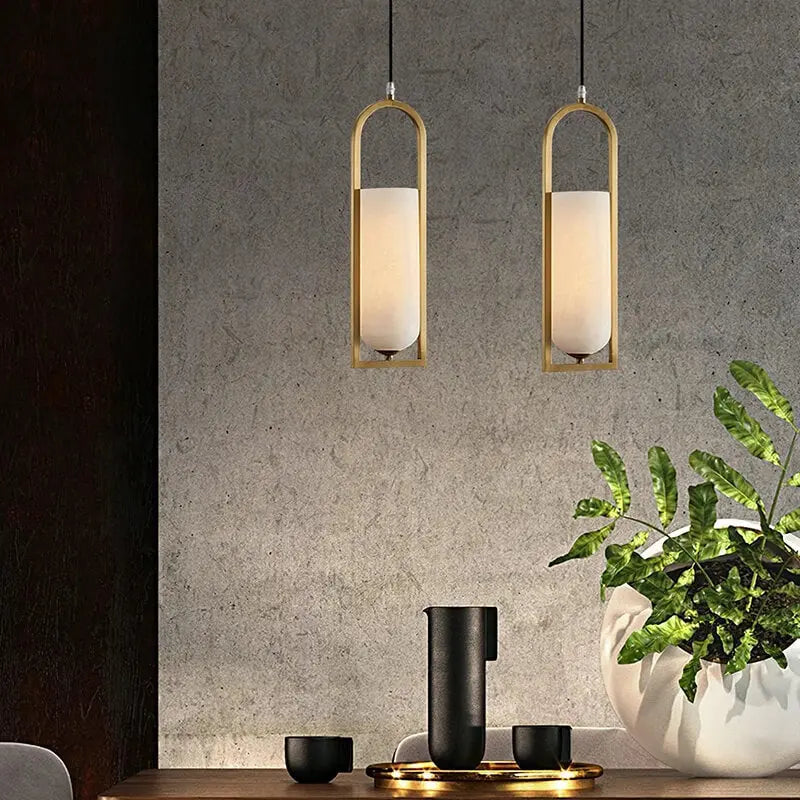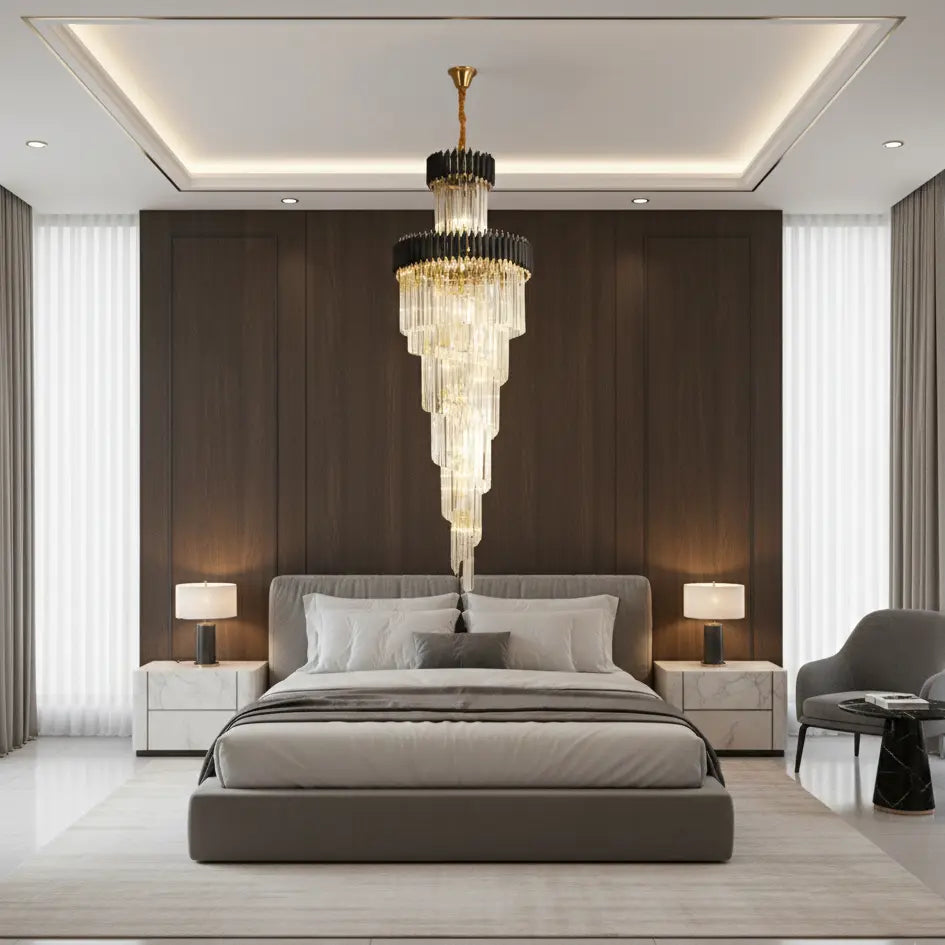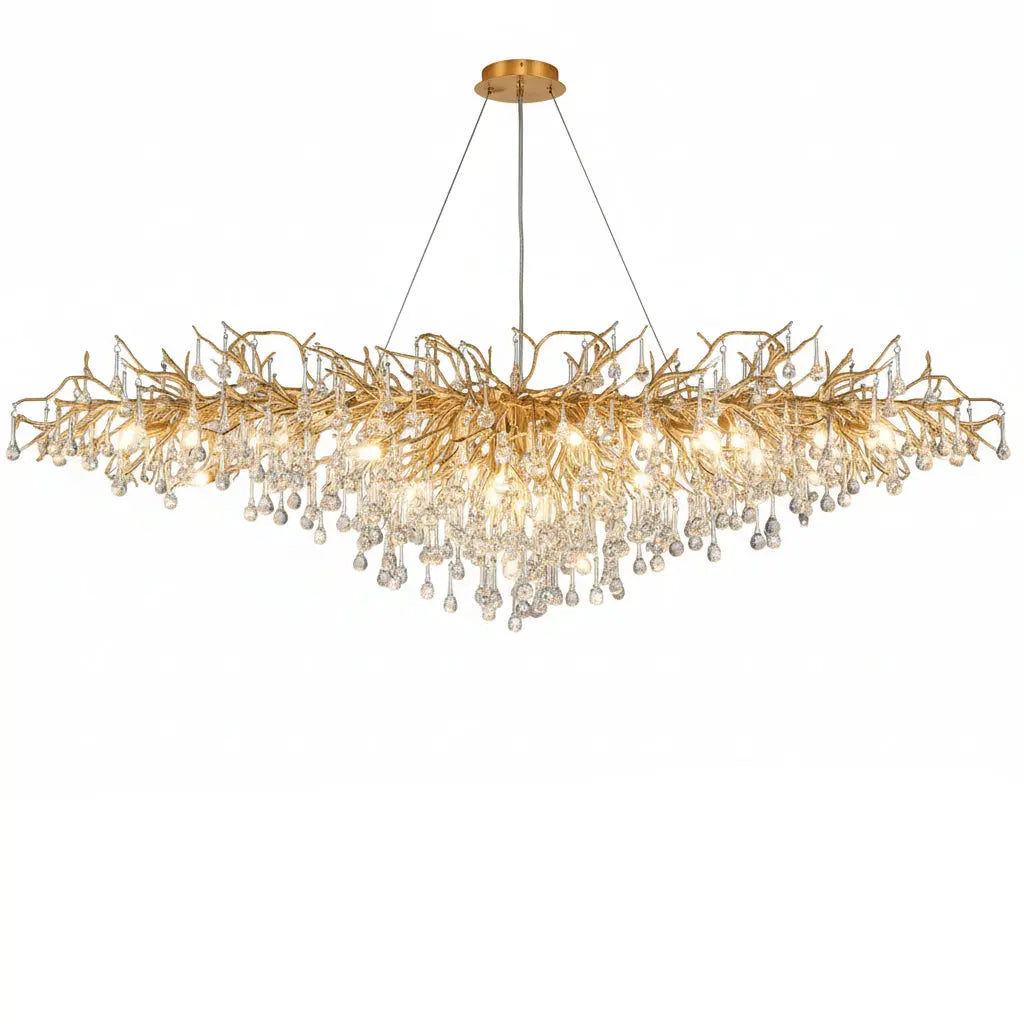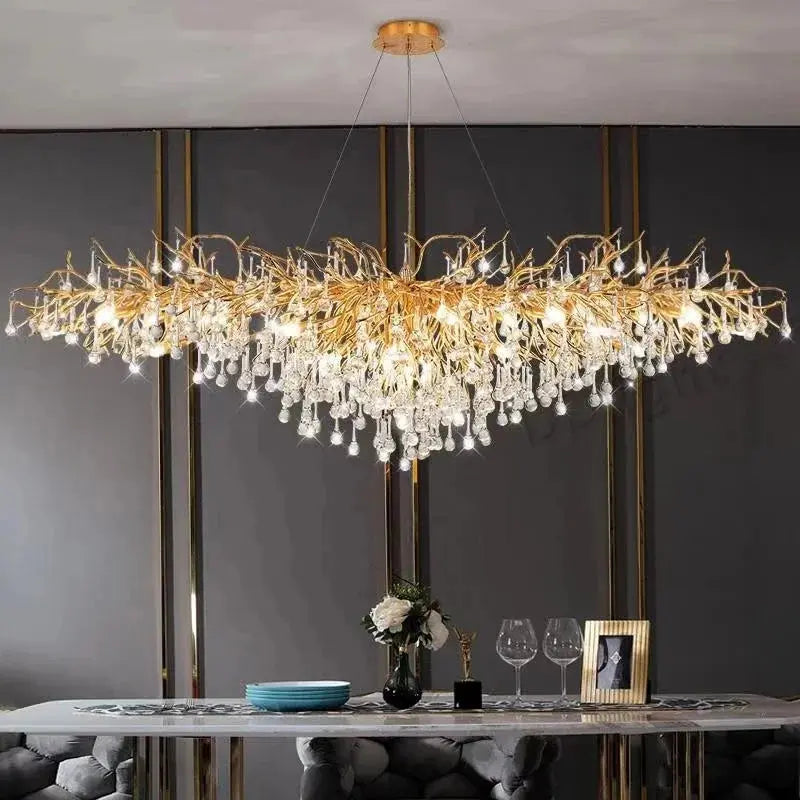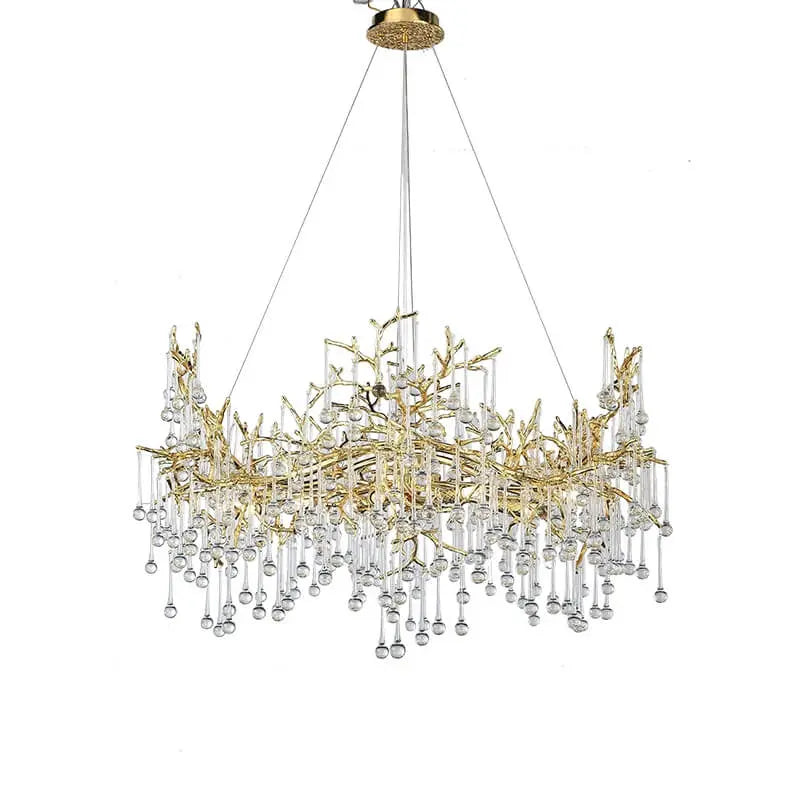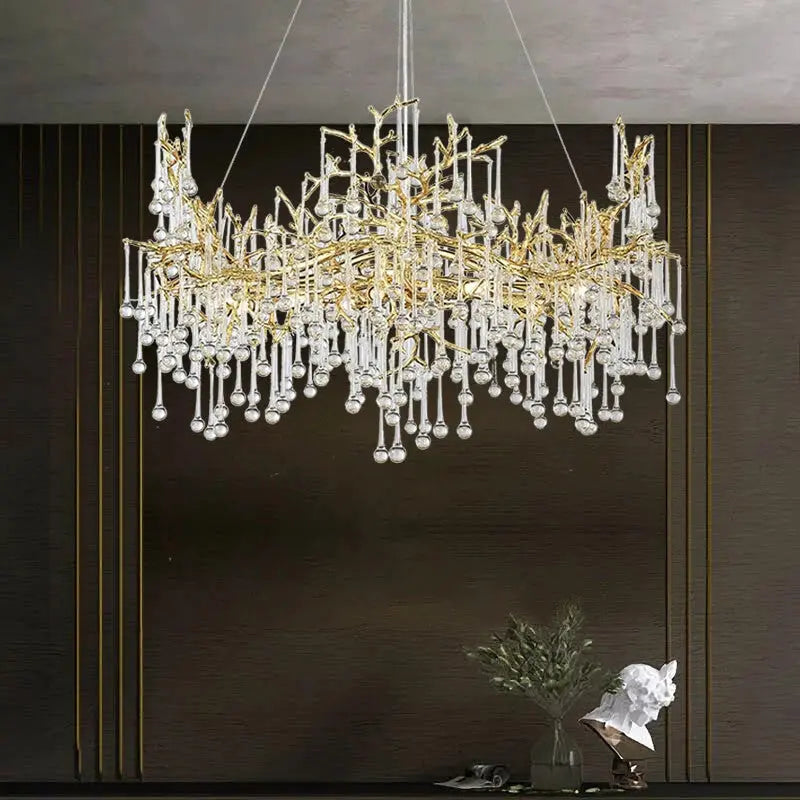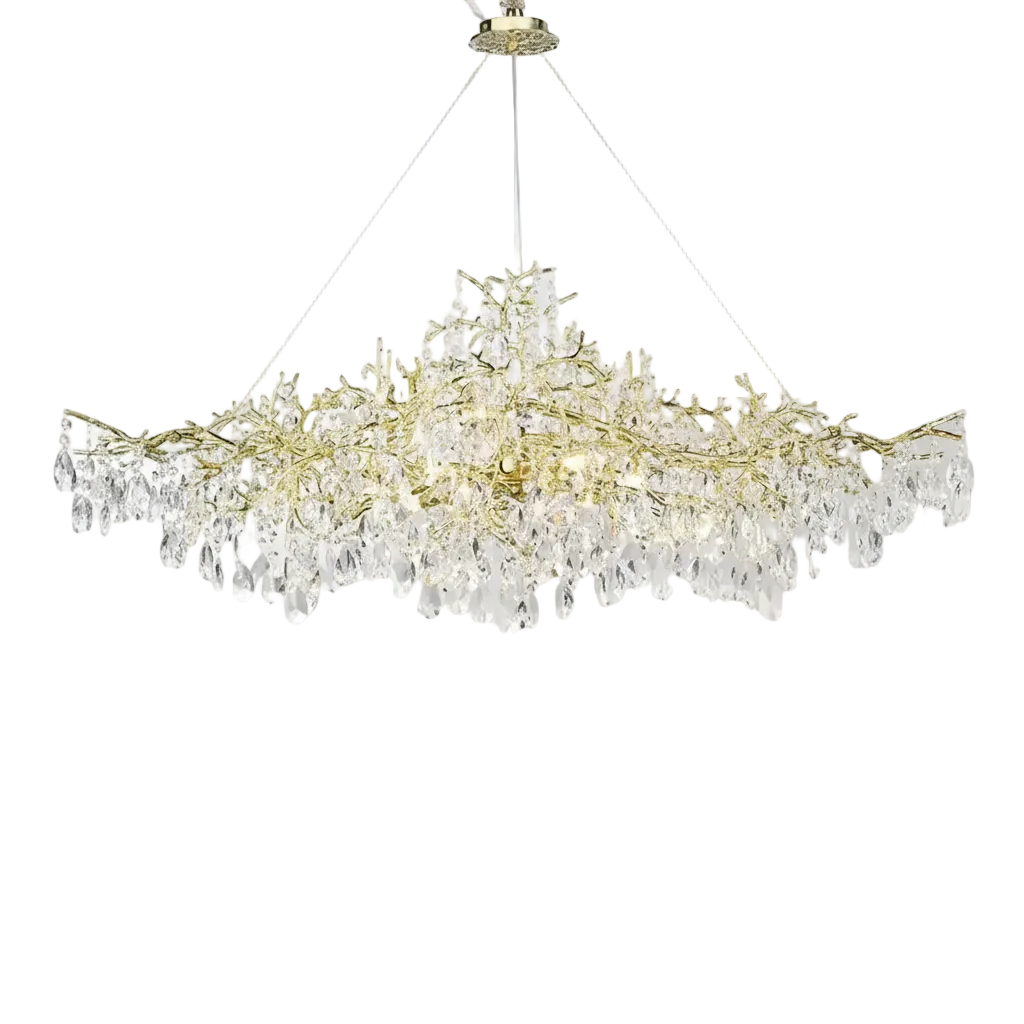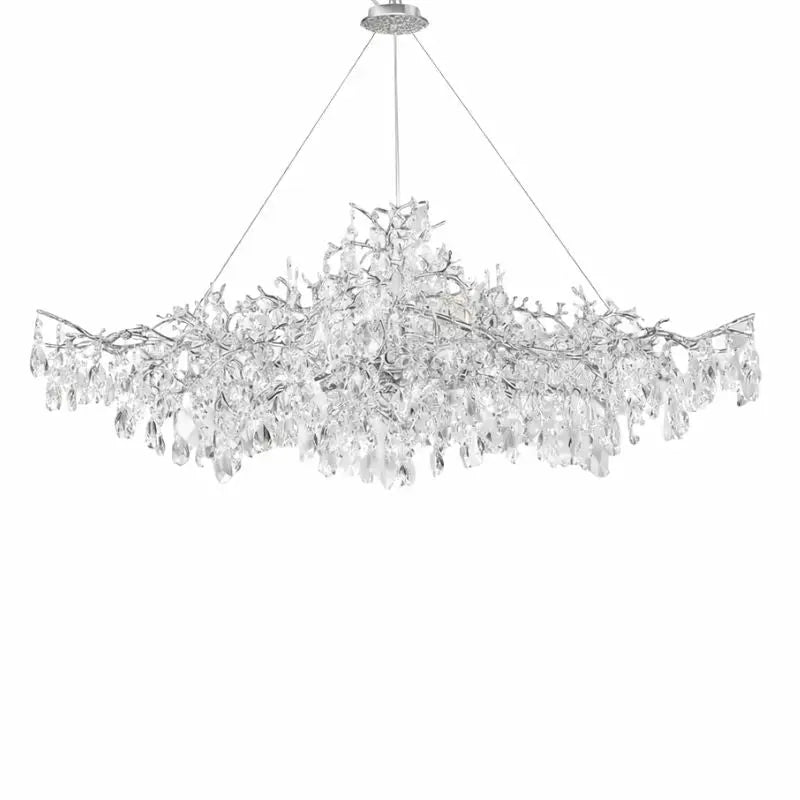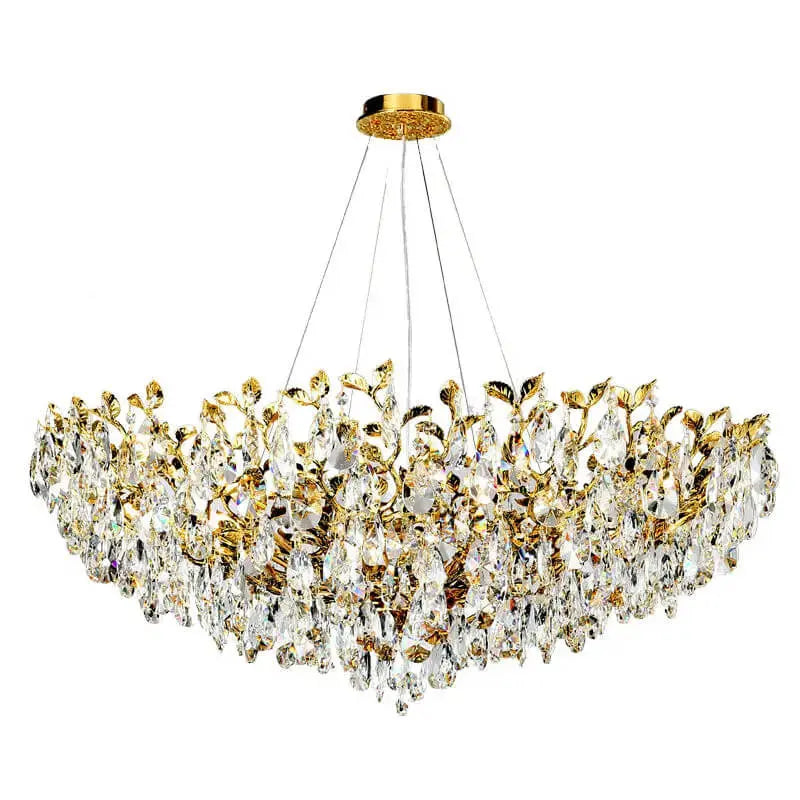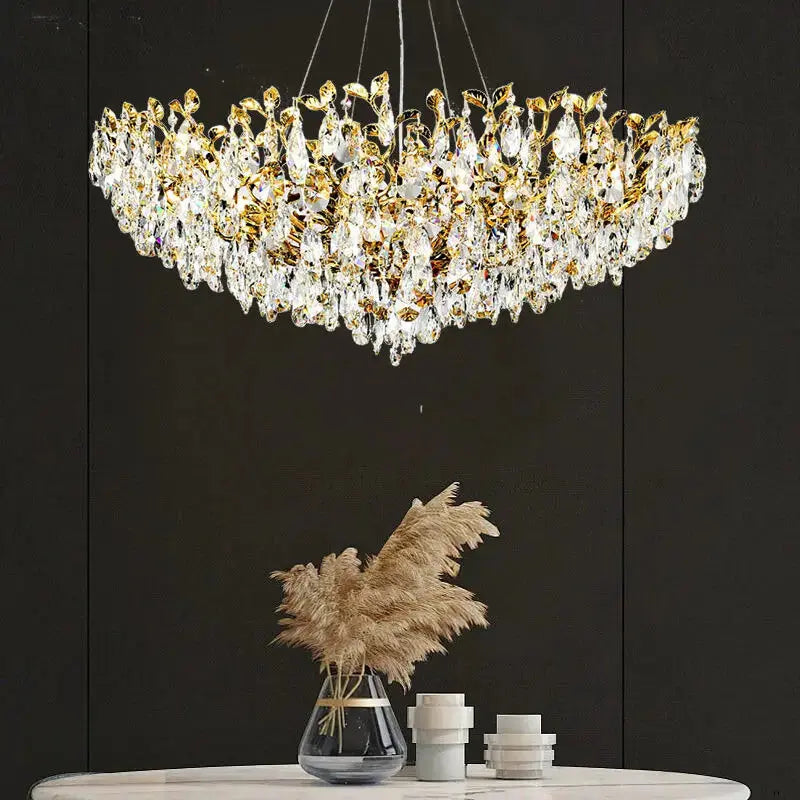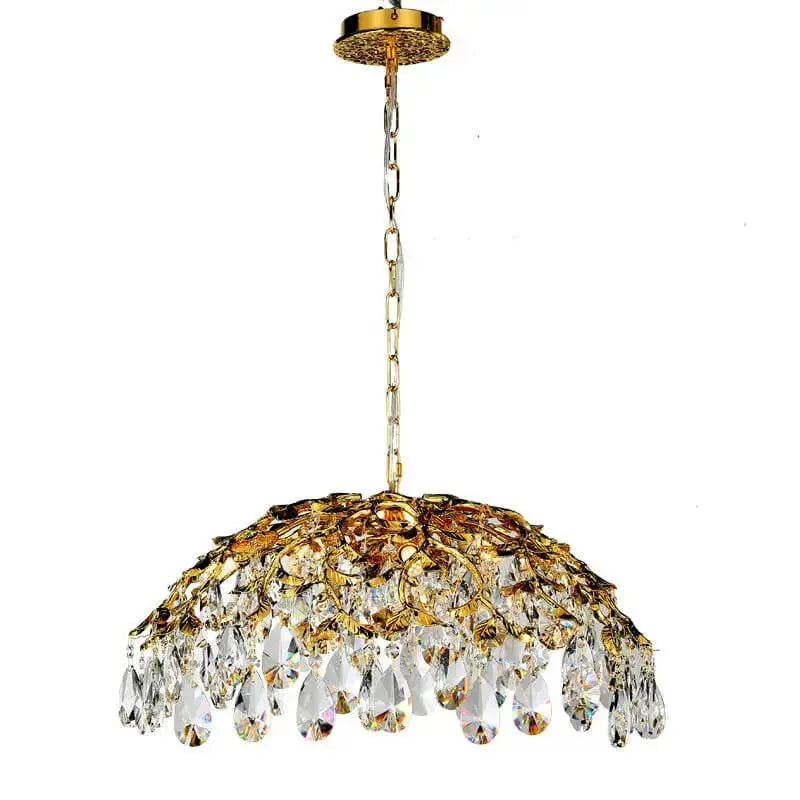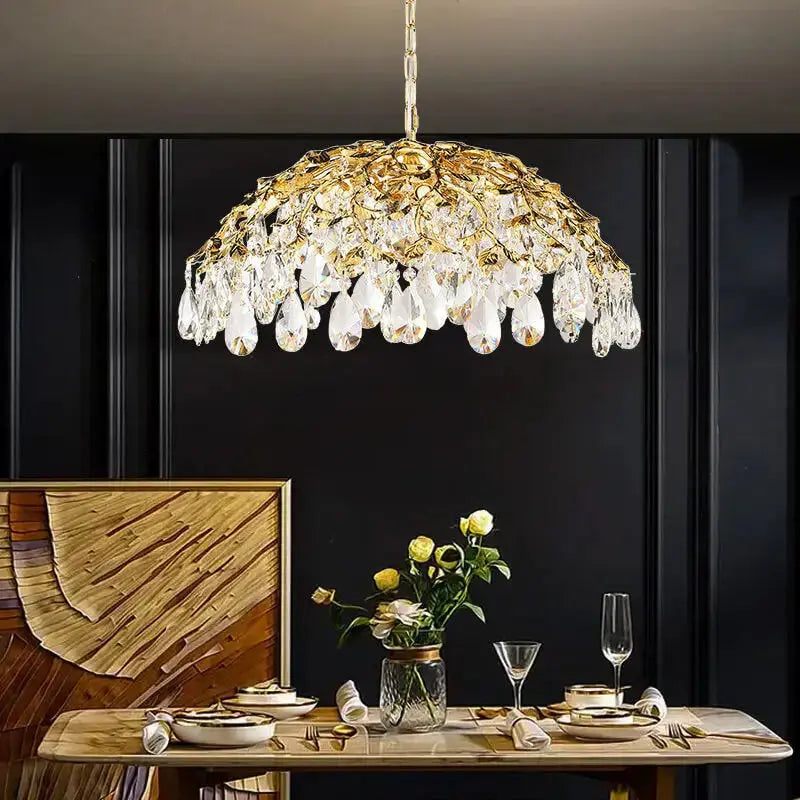Lighting can change how a room looks and feels. The right light fittings can make your home cozy, bright, and stylish. This guide will help you pick the best light fittings for every room in your house. We'll talk about different types, how to choose them based on room function, important factors to consider, and the latest trends. Let's get started!
Key Takeaways
- Different rooms need different types of light fittings to match their function and style.
- Consider room size, layout, and ceiling height when selecting light fittings.
- Mix ambient, task, and accent lighting for the best effect.
- Choose energy-efficient bulbs to save on electricity bills.
- Stay updated with the latest lighting trends to keep your home stylish.
Understanding Different Types of Light Fittings
Choosing the right light fittings can transform your home. Different types of light fittings serve various purposes and can enhance the look and feel of each room. Let's explore some common types of light fittings and their uses.
Chandeliers and Pendant Lights
Chandeliers and pendant lights are often used as statement pieces. They hang from the ceiling and can be the focal point of a room. These fixtures are perfect for dining rooms, living rooms, and even bedrooms. They come in various styles, from modern to traditional, and can be made from materials like glass, metal, or crystal.
Recessed Lighting
Recessed lighting, also known as can lighting, is installed into the ceiling. This type of lighting is great for providing ambient light without taking up any visual space. It's ideal for kitchens, hallways, and bathrooms. Recessed lights can be used to illuminate your kitchen the best way by providing even lighting across the room.
Wall Sconces and Floor Lamps
Wall sconces and floor lamps are versatile lighting options. Wall sconces are mounted on the wall and can provide both ambient and task lighting. Floor lamps are portable and can be moved around to suit your needs. These types of lights are great for living rooms, bedrooms, and reading nooks.
Table Lamps and Accent Lighting
Table lamps and accent lighting are perfect for adding a touch of style and functionality to any room. Table lamps are often used on bedside tables, desks, and side tables. Accent lighting is used to highlight specific features in a room, such as artwork or architectural details. These lights can create a cozy and inviting atmosphere.
Choosing Light Fittings Based on Room Function
Living Room Lighting
The living room is a space for relaxation, conversation, and entertainment. Use a mix of ambient, accent, and task lighting to create a warm and inviting atmosphere. Consider using chandeliers or pendant lights to add a touch of elegance. Floor lamps and table lamps can provide additional lighting and enhance the room's decor.
Kitchen and Dining Room Lighting
In the kitchen, task lighting is essential for food preparation. Under-cabinet lighting and pendant lights above the island or countertops provide ample illumination. For the dining room, focus on ambient lighting to set the mood for meals and gatherings. A statement chandelier or pendant light above the table can act as the room's centerpiece.
Bedroom and Bathroom Lighting
Soft, warm lighting creates a cozy and calming environment in the bedroom. Bedside lamps for reading and ambient lighting can help set the right tone for relaxation. In the bathroom, bright and even lighting is essential. Consider using a combination of overhead lights and vanity lights to eliminate shadows and provide sufficient illumination for grooming tasks.
Home Office and Study Lighting
For a home office or study, task lighting is crucial. Desk lamps with adjustable arms can provide focused light for reading and working. Overhead lighting should be bright enough to illuminate the entire room without causing glare on computer screens. Combining different types of lighting can help create a productive and comfortable workspace.
Factors to Consider When Selecting Light Fittings
Choosing the right light fittings for your home involves several important factors. Each element can significantly impact the overall look and functionality of your space. Here are the key considerations:
Room Size and Layout
The size and layout of a room play a crucial role in determining the appropriate light fixtures. Choose fixtures that are proportionate to the space and complement the room's layout. For instance, a large chandelier might overwhelm a small room, while a tiny pendant light could get lost in a spacious area.
Ceiling Height and Fixture Placement
Ceiling height can influence the type of fixtures you choose. High ceilings may require pendant lights or chandeliers to fill the vertical space, while low ceilings may benefit from flush-mount or semi-flush-mount fixtures to save space. Ensure that the fixture height complements the room’s proportions to avoid visual and functional discomfort.
Style and Material of Fixtures
The style and material of your light fixtures should match your home's decor. Whether you prefer modern, vintage, or rustic designs, the fixtures should enhance the overall aesthetic. Pay attention to the materials used, as they can affect the fixture's durability and appearance.
Energy Efficiency and Bulb Types
Consider the energy efficiency of your light fittings. Opt for LED bulbs or fixtures, which are energy-efficient and long-lasting. Different bulb types can also affect the ambiance of a room. For example, warmer temperatures (2700K - 3000K) create a cozy atmosphere, while cooler temperatures (3500K - 4100K) are better for task-oriented spaces.
Thoughtfully selecting each light fixture can transform a room, accentuating architectural features, creating focal points, and setting the desired mood.
Layering Your Lighting for Maximum Impact
Combining Ambient, Task, and Accent Lighting
To get the best lighting for any room, you need to combine ambient, task, and accent lighting. Ambient lighting gives overall brightness, task lighting helps with specific activities like reading or cooking, and accent lighting adds depth by highlighting special features. This mix lets you adjust the light for different activities and moods, making your room both functional and beautiful.
Using Dimmers and Smart Controls
Dimmers and smart controls are great for changing the light levels in your home. Dimmers can make bulbs last longer and create a cozy atmosphere. Smart controls let you adjust lights with your phone or voice, making it easy to set the perfect mood for any occasion.
Creating Focal Points with Lighting
Use lighting to draw attention to key areas in your room. For example, a chandelier can be a focal point in a dining room, while contemporary / modern lighting can highlight artwork or architectural features. This not only makes the room look better but also adds a touch of style.
Balancing Natural and Artificial Light
It's important to balance natural light with artificial light. Use curtains or blinds to control the amount of sunlight, and add lamps or overhead lights to fill in the gaps. This balance helps create a comfortable and inviting space.
Layering your lighting allows you to use the same room for multiple purposes, making it essential for large spaces with different zones.
Popular Light Fitting Styles and Trends
Modern and Minimalist Designs
Modern lighting designs are all about clean lines and simple forms. These fixtures often use neutral colors and metallics to add a pop of color. They are perfect for those who love a sleek and uncluttered look. Minimalist designs can fit well in any room, from the living room to the kitchen.
Vintage and Industrial Styles
Vintage lighting brings a touch of nostalgia to your home. These fixtures often feature aged finishes and classic shapes. Industrial style home decor is inspired by old factories and industrial spaces. It uses exposed elements like metal and wood to create a rugged, yet stylish look. These styles are great for adding character to your space.
Rustic and Farmhouse Aesthetics
Rustic lighting incorporates natural materials like wood and stone. It has a handmade feel that adds warmth to any room. Farmhouse kitchen decor often features fixtures with a worn-in look, combining wood, metal, and glass. This style is perfect for creating a cozy and inviting atmosphere.
Eclectic and Artistic Fixtures
Eclectic lighting is all about mixing and matching different styles and materials. These fixtures can be bold and colorful, making them a great choice for those who love to experiment with their decor. Artistic fixtures often serve as a focal point in a room, drawing the eye and sparking conversation.
Choosing the right light fittings can transform your home, making it more functional and beautiful. Whether you prefer modern, vintage, rustic, or eclectic styles, there's something out there for everyone.
Tips for Installing and Maintaining Light Fittings
Proper Installation Techniques
When installing light fittings, it's crucial to follow the manufacturer's instructions carefully. Ensure all electrical connections are secure and use the correct tools for the job. If you're unsure, it's always best to hire a professional electrician to avoid any potential hazards.
Safety Considerations
Safety should be your top priority when dealing with electrical fixtures. Always turn off the power at the circuit breaker before starting any installation or maintenance work. Use a voltage tester to confirm that the power is off. Additionally, make sure that all fixtures are properly grounded to prevent electrical shocks.
Cleaning and Maintenance Tips
Regular cleaning and maintenance can extend the life of your light fittings. Dust and dirt can accumulate on fixtures, reducing their brightness and efficiency. Use a soft cloth to clean the surfaces and avoid using harsh chemicals that could damage the finish. For hard-to-reach areas, consider using a duster with an extendable handle.
Upgrading and Replacing Fixtures
Over time, you may want to upgrade or replace your light fittings to keep up with changing styles and technologies. When replacing fixtures, ensure that the new fittings are compatible with your existing electrical system. Energy-efficient options like LED bulbs can save you money on your electricity bill and are better for the environment.
Installing and maintaining light fittings can be a breeze with the right tips and tricks. Whether you're setting up a new chandelier or keeping your existing lights in top shape, our website has all the advice you need. For more detailed guides and expert advice, visit our website today!
Conclusion
Choosing the perfect light fittings for your home can seem like a big task, but it's all about finding the right balance between function and style. Remember to think about what each room needs, whether it's bright lights for cooking in the kitchen or soft lights for relaxing in the bedroom. Don't forget to mix different types of lighting to create a cozy and inviting atmosphere. With the right light fixtures, you can make every room in your home look and feel just right. Happy decorating!
Frequently Asked Questions
What are the main types of light fittings?
There are various types of light fittings including chandeliers, pendant lights, recessed lighting, wall sconces, floor lamps, and table lamps. Each type serves a different purpose and can be used to create different effects in your home.
How do I choose light fittings for different rooms?
When choosing light fittings, consider the function of the room. For instance, the living room may need a mix of ambient, task, and accent lighting, while the kitchen requires bright task lighting for cooking and food preparation.
What factors should I consider when selecting light fittings?
You should consider the size and layout of the room, the height of the ceiling, the style and material of the fixtures, and energy efficiency. These factors will help you choose fittings that are both functional and stylish.
How can I layer lighting in a room?
Layering lighting involves combining different types of lighting such as ambient, task, and accent lighting. This creates a balanced and versatile lighting scheme that can be adjusted for different activities and moods.
What are some popular styles of light fittings?
Popular styles include modern and minimalist designs, vintage and industrial styles, rustic and farmhouse aesthetics, and eclectic and artistic fixtures. Choose a style that complements your home's decor.
What are some tips for installing and maintaining light fittings?
Make sure to follow proper installation techniques and safety guidelines. Regularly clean and maintain your light fittings to keep them looking their best. If a fixture is outdated or not working properly, consider upgrading or replacing it.




